Grand View Park
Daguan Park is located in the Dianchi Lake, about 2 kilometers west of Kunming City. It was built in the first year of Hongwu in the Ming Dynasty (1368 A.D.). In the thirty-fifth year of Emperor Kangxi's reign in the Qing Dynasty (A.D. 1696), the Grand View Tower was built, which gave the park its name, covering an area of more than 700 mu, making it the largest park in the city. During the reign of Qianlong, the famous scholar Sun Liwengdeng wrote the 18th Cross Long Couplet proudly, which vividly showed the scenery of Dianchi Lake and the thousands of years of history of Yunnan to the world. As soon as the Long Couplet was launched, the four sides were shocked, and people vied for praise and praise. It was praised as "the first couplet in China".
Historical evolution
Daguanlou is located in the southwest of Kunming City, near the north coast of Caohai Lake in Dianchi Lake. It is also called "near Huapu" because it is water-proof from Taihua Mountain in Cangxiu end rock. In the early Ming Dynasty, King Muying of Qianning built the "West Garden" here. In the early years of Kangxi in the Qing Dynasty, Wu Sangui ruled Yunnan and dredged the Yunliang River from Xiaoximen Seal Pond to Caohai, which is now the Daguan River. In the twenty-first year of Kangxi (1682), the Qianyin monk founded the Guanyin Temple near Huapu. In 1690, Wang Jiwen, governor of Yunnan Province, built Huayan Pavilion, Farming Promotion Hall, Guanjiatang, Mumengting Pavilion, Yongyue Pavilion, Chengbitang and Grand View Building in Huapu. Along the embankment, Yulanzhu, Xudu Ji, Teresu Bay, Wenjin Port, Guest Island, Shiyichuan, Yibei River, Hezhou Pavilion and Juyu Village were opened successively. Near Huapu became "Yuanpu Yaoqin, Fengfan Yanshu Tree". To be good at the scenic spot of "the victory of lakes and mountains".
Kunming Grand View Building, built in the Qing Dynasty, is a short-lived Chinese famous building, which has not been recognized by tourists. During the reign of Emperor Kangxi in the Qing Dynasty, the Daguan Tower was built. During the reign of Emperor Qianlong, the long couplet of Sun Piweng came out. "Five hundred miles of Dianchi Lake rushed to the bottom of our eyes." Thousands of years of past events poured into our hearts."It was so ambitious, powerful and dazzling. At the end of the Qing Dynasty, Yunlong appraised the Grand View Tower: "It is equally magnificent as the Yellow Crane in Yueyang, and each of them has a great name in the Universe..." Mao Zedong believed that the Long Couplet "never existed before, create a unique style". Dong Biwu, Chen Yi and Guo Moruo wrote poems praising the Grand View Tower and the Long Couplet.
Practical information
Ticket information
26 yuan, 2 yuan per person
Opening Hours
9:00-17:00
Traffic information
Daguan Park is situated on the Bank of Dianchi Lake about 2 kilometers west of Kunming City.
Transportation in scenic spots: You can take bus No. 4, 22, 54, 52, 100 to get off at the terminal, or take a taxi, about 15 yuan.
Main attractions
Daguanlou preserves the couplets, plaques, inscriptions and inscriptions written by many historical and cultural celebrities since the Qing Dynasty, including Xianfeng inscriptions, Songxiang, Ruan Yuan, Ma Rulong, Zhao Fan, Chen Rongchang, couplets written by Yunlong, Wang Can, Tang Jiyao's plaques, Guo Moruo's inscriptions... The rich historical and cultural relics constitute the excellent traditional culture of the Grand View Tower. Promoting the historical culture of Grand View Tower Scenic Spot is our aim of building a cultural park.
The Grand View Tower is near Huapu and has preserved the classical garden buildings built since the reign of Emperor Kangxi in the Qing Dynasty (1690). Among them, ancient buildings such as the Farming Hall, Guanjiatang and Chengbitang with carved doors and windows on the single eave Xieshan Mountain, the unique Mumengting Pavilion, Yongyuetang Pavilion and the corridor along the lake, are well preserved. These traditional ancient buildings not only reflect the style of Chinese ancient buildings in Qing Dynasty, but also have the characteristics of Yunnan's local ethnic architecture. They are the exhibition gardens of Yunnan's Qing Dynasty landscape architecture.
Park characteristics
The Grand View Tower is well-known both at home and abroad, and has become the four famous buildings with the Yellow Crane Tower, Yueyang Tower and Tengwang Pavilion. Mao Zedong, Dong Biwu and Guo Moruo gave high appraisal. In terms of gardening techniques, gardeners closely around Sun Weng Changlian's artistic conception layout, constantly improve the level of gardening, fully demonstrating the features of "Nine Summer Lotus, Three Spring Poplar and Willow" and "Ocean View". Flowers and trees are flourishing in the garden. Artificial hills, pavilions, bridges and running water create an elegant and meaningful atmosphere.
Historical praise
The Grand View Building in the park has a history of more than 300 years and is the most important landscape in the park. Daguanlou was built in the reign of Kangxi. It was named for its facing Dianchi Lake, looking far away at the West Hills and taking in all the scenery of lakes and mountains. After entering the park, you can visit the Yongyue Pavilion, Ningbitang, Lanshengge Pavilion, Guanjiatang and other terraces and pavilions. The grand building of ornamental value in Zhongzhong County was built near the water. It is three stories high. Among them, there are many excellent couplets with inscriptions. During the reign of Qianlong in the Qing Dynasty, the 180-character long couplet written by Sun Piweng, a Boyihan scholar, had a grand momentum and profound artistic conception. It was well known for hundreds of years and was praised as "the first long couplet in the world". Mao Zedong gave a high appraisal of "never before, not unique". The Grand View Tower has also become a famous building in China because of the "Great Couplet of the World".
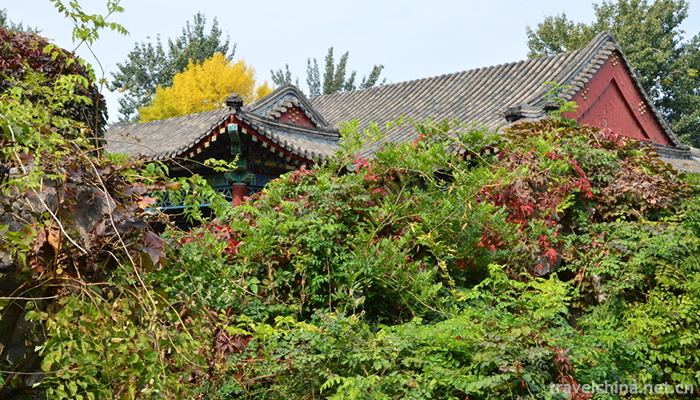
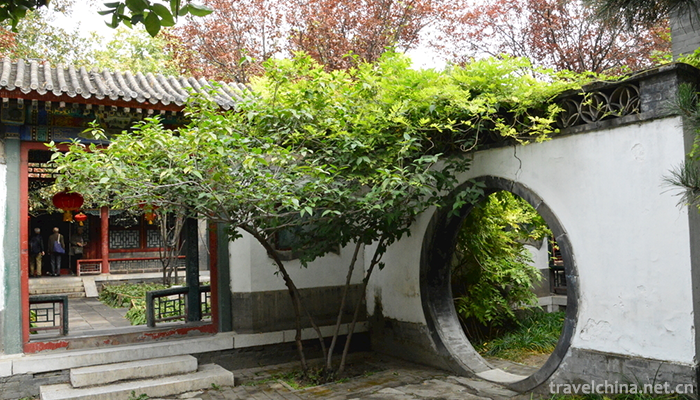
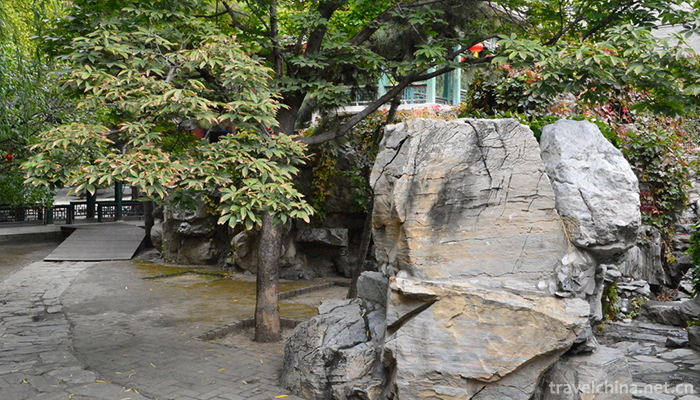

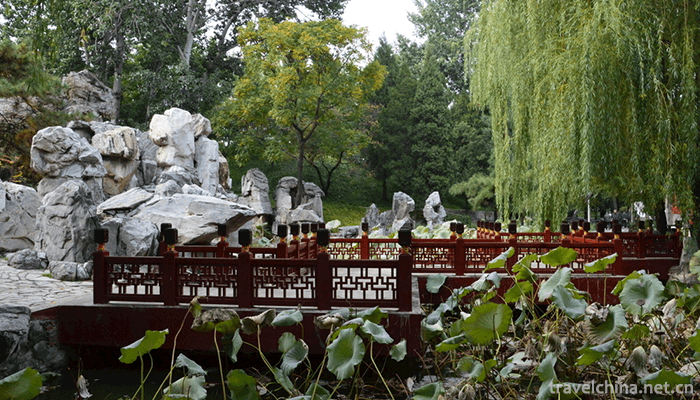
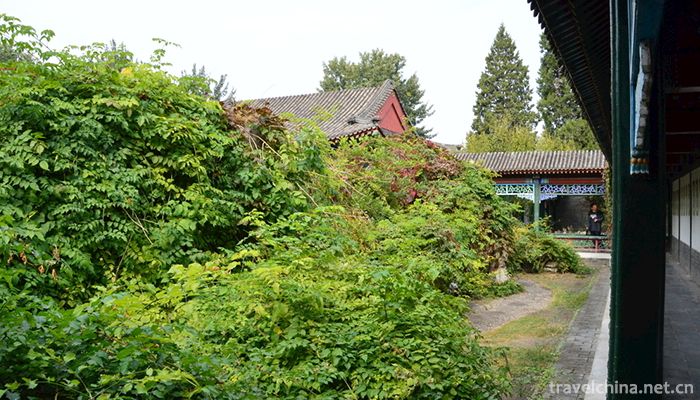
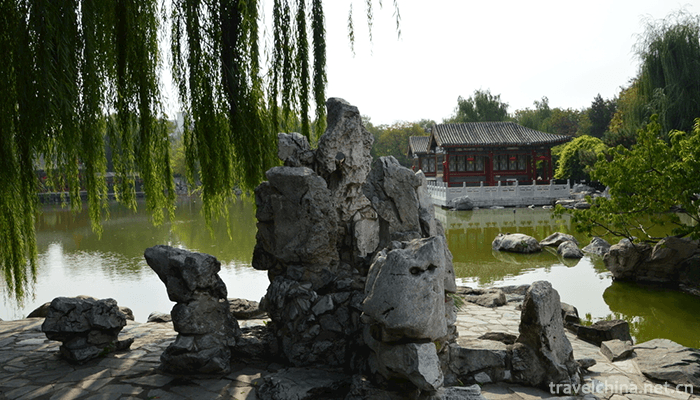
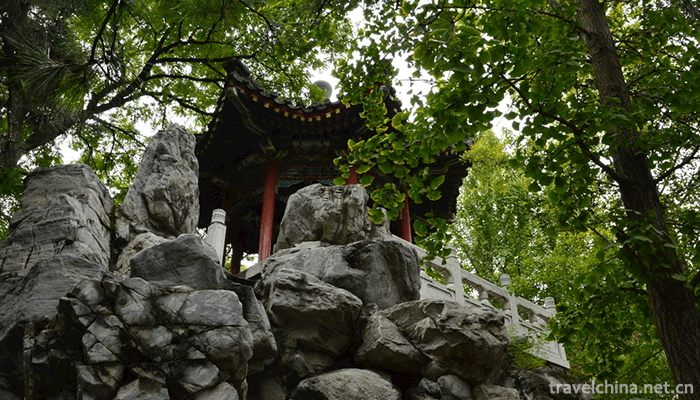
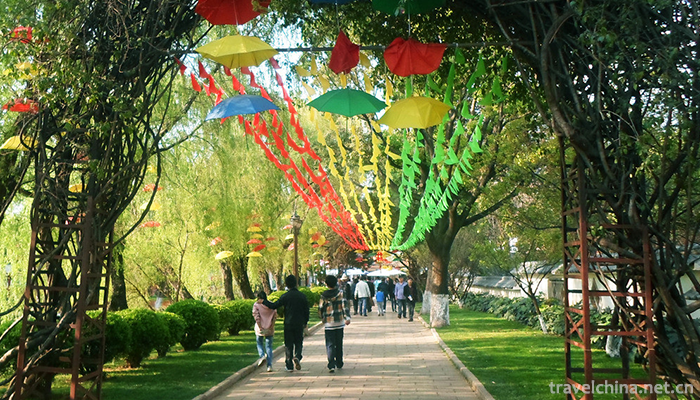
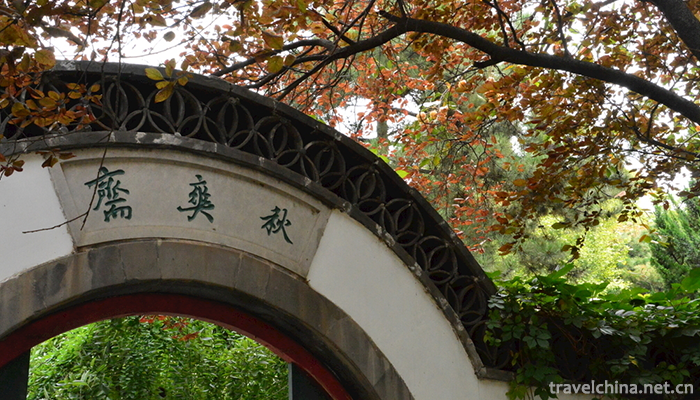
0 Questions
Ask a Question
Your email address will not be published.